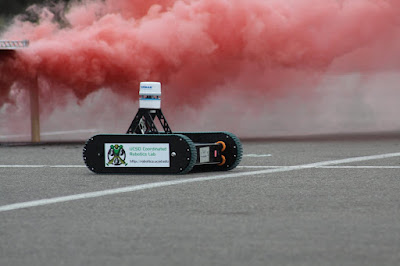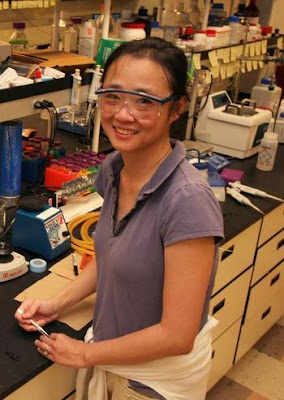
UC San Diego mechanical and aerospace engineering professor
Alison Marsden is working through an international collaboration to develop multiscale models for all three stages of the surgery used to treat children with single ventricle heart defects. The end goal of the $6 million project, funded by Fondation Leducq in France, is to produce software that can be used for clinical decision support. These surgeries are typically done with three stages starting from birth: the Norwood (or variant), Glenn procedure, and Fontan surgery. According to Marsden, these young patients are among the most challenging for pediatric cardiologists to treat, and they can develop a number of very serious morbidities.
“While our group at UCSD has done research previously on the Fontan surgery (stage three), we were not able to take advantage of closed loop models of the circulatory system,” she said. “This collaboration will allow us to model the surgical connection in detail as well as the response of the entire circulation. In addition, this is the first time in our research group that we are taking a close look at the engineering aspects of the first two stages of the surgery, and that will hopefully shed light on possibilities for earlier interventions that can help prevent poor outcomes. The network gives us access to a large pool of clinical data through several leading clinical centers that are participating in the grant.”
Marsden is an American core member of the international research team on this project, which also includes Great Ormond Street Hospital for Children in London, Politecnico di Milano in Milan, The French National Institute for Research in Computer Science and Control (INRIA) in Paris, Medical University of South Carolina, University of Michigan, and Clemson University.
























